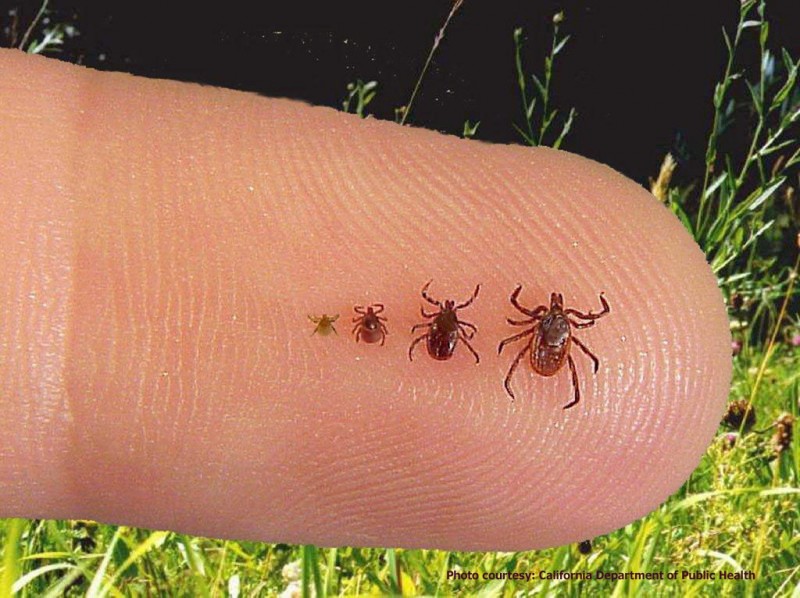Ticks might be tiny, but they can carry serious diseases. Discover how to protect yourself and your loved ones.
Introduction to Tick-borne Diseases
Tick-borne diseases are a significant health concern in many parts of the world. These small arachnids can transmit various pathogens to humans and animals, causing illnesses that range from mild to severe. Understanding ticks and the diseases they carry is crucial for preventing infections.
The Basics: What are Ticks?
- Ticks are blood-feeding parasites that belong to the arachnid family.
- They attach to hosts, such as humans and animals, to feed on blood.
- Different species of ticks exist, each with distinct behaviors and habitats.
Common Diseases Transmitted by Ticks
Ticks can transmit a variety of diseases, including:
- Lyme Disease
- Rocky Mountain Spotted Fever
- Anaplasmosis
- Babesiosis
- Ehrlichiosis
Recognizing Tick-borne Diseases
Symptoms vary depending on the disease but may include:
- Fever and chills
- Muscle and joint aches
- Rash and skin lesions
- Fatigue and weakness
Preventive Measures: How to Avoid Tick Bites
- Wear protective clothing, such as long sleeves and pants, when spending time outdoors.
- Use tick repellents on exposed skin and clothing.
- Perform regular tick checks after being outdoors.
- Create a tick-safe yard by keeping grass short and removing leaf litter.
- Consider using tick control products on pets.
Tick Removal: Proper Techniques
If you find a tick attached to your skin:
- Use fine-tipped tweezers to grasp the tick close to the skin's surface.
- Gently pull upward with steady, even pressure.
- Clean the bite area and your hands with rubbing alcohol, an iodine scrub, or soap and water.
Spreading Awareness: Education and Outreach
- Schools and communities play a vital role in educating people about tick-borne diseases.
- Proper knowledge empowers individuals to take preventive measures.
Addressing Common Myths
- Myth: All ticks transmit diseases.
- Fact: While some ticks carry pathogens, not all ticks are infected.
- Myth: You'll always notice a tick bite.
- Fact: Ticks can be as small as a poppy seed, making bites hard to spot.
- Myth: Ticks jump from trees.
- Fact: Ticks don't jump or fly; they crawl onto hosts.
In conclusion, staying informed about ticks and the diseases they can transmit is essential for safeguarding your health. By adopting preventive measures and promptly addressing tick bites, you can reduce the risk of infections. Remember, a little knowledge goes a long way in keeping you and your loved ones safe from tick-borne illnesses.
Exploring Pregnancy Discharge: Your Top FAQs Answered
The Surprising Benefits of Drinking Lemon Water, According to Health Experts
Understanding Oniomania: The Compulsive Shopping Disorder
